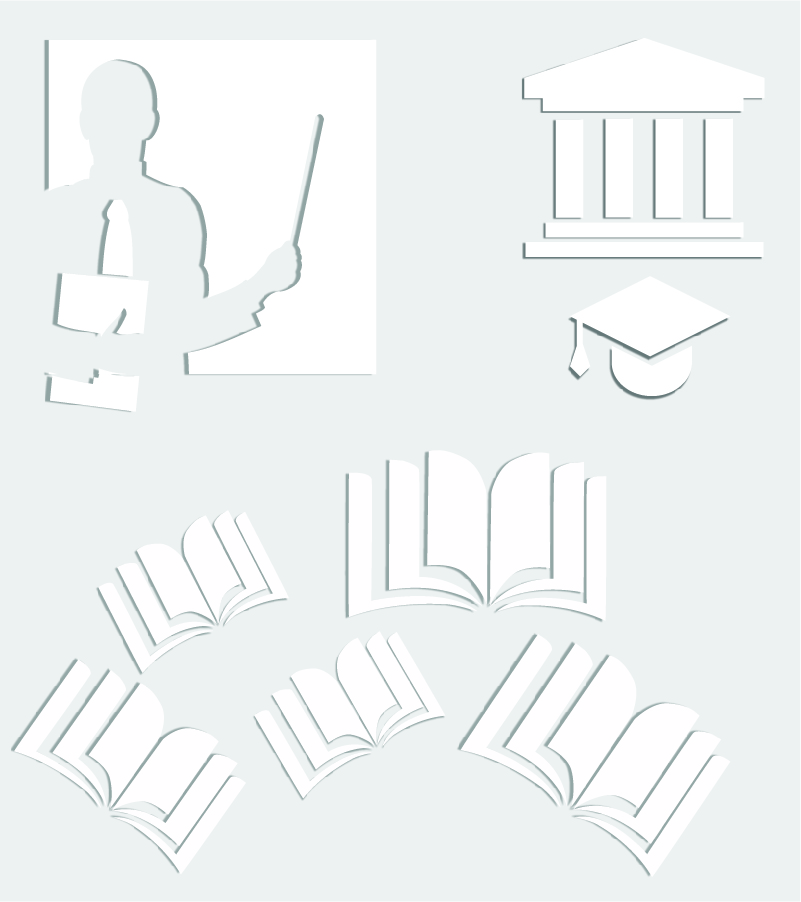Exchange programmes
About the Faculty
Studies
| Subject: Fundaments of spacial design
(17 -
F312) Basic Information
Native organizations units
Course specification
Course is active from 01.11.2012.. 3D animation is the most applied form of visualization today. Primarily due to its spatial and photorealistic view, this kind of visualization has become a leader in this field. The goal of this course is to enable students to master knowledge in the creation of various space systems and their animation in real time with high quality rendering. Apart from modeling even the most complex models, this medium can be used for appling different textures that contribute to realistic-looking scenes as well as applying physically accurate lighting that is well tuned to render most realistic scenes. The spatial design has largely contributed to the development of various forms of virtual art and it allows designers endless possibilities of expressing creativity. Students are able to independently approach the problems of creating 3D models in various 3D programs, their mapping, lighting and photorealistic rendering. Theoretical knowledge applies to all types of 3D objects, their shading, mapping, lighting and rendering as well as the differences between different types of models and different types of modeling, with emphasis on the similarity of use for different purposes. The structure of the 3D model ie. their designs are elaborated in detail, giving students the foundation for understanding and working with different types of objects, regardless of the software tools they can use. The subject contains several areas crucial for mastering the basics of spatial design and the first area is modeling: Box modeling, Edge modeling, NURBS modeling, Procedural modeling, Modeling with the help of photography and 3D scanning. In addition to modeling techniques, the content of the subject includes the principles of dividing the surface of the model (with the emphasis on the benefits of using different algorithms of the division and the way of using it themselves), the technique of deformation of objects by using spatial forms that are virtually impossible to achieve only by modeling. Area of materials includes: Standard materials, Specialized materials, through the 3d color definition lesson, use of shaders and solid objects, surface types and simulation of different surface treatments. Area of Illumination: Standard lighting, Specialized lighting (Indirect lighting and photometric), lighting and lighting modes on the scene depending on the purpose of the final product and the level of realism that is to be achieved. Also, the light sensitive content explains various special effects that can be combined with different types of lighting, such as Volume lights, Light flare and others; Area of Render includes Standard and Specialized rendering. Teaching is done with modern didactic tools and methods, interactive in the form of lectures, and computer exercises. The lectures show the theoretical part of the material accompanied by examples and simulation of the solution for easier understanding of the subject matter. Computational exercises are organized in a way to supplement skills with practical knowledge enabling students to apply the knowledge acquired in lectures. In addition to lectures and exercises, consultations are also held regularly.
|
© 2013. Faculty of Technical Sciences. Trg Dositeja Obradovića 6, 21000 Novi Sad. Tel: +381 21 450 810
Translation: FTS English Team
Translation: FTS English Team





